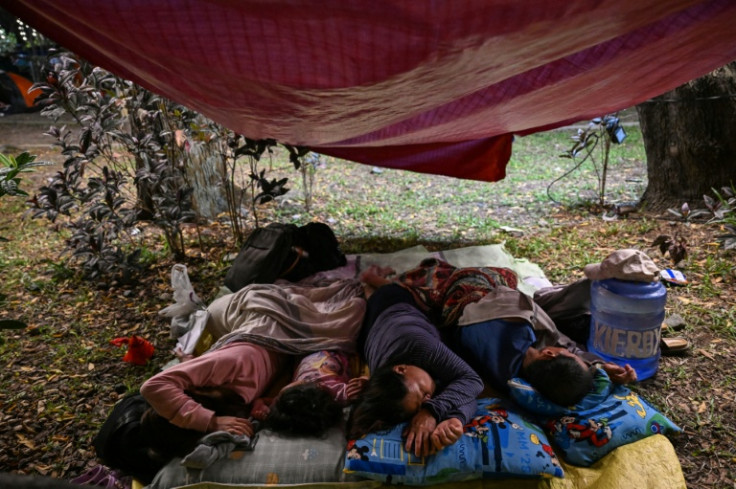Surviving the 7.4 Magnitude Earthquake: Inside the Day the Southern Philippines Wouldn't Stop Shaking
One woman's story of survival, faith and strength after the deadly 7.4 quake

Mati City, Philippines — When the 7.4 magnitude earthquake struck the southern Philippines on the morning of October 10, I truly thought it was the end. I live in Mati City, a small coastal community in Davao Oriental, about 1,000 kilometres southeast of Manila.
Life here is slow and peaceful. People fish at dawn, children play by the shore, and the sea is almost always calm. That morning shattered that calm forever.
The quake came only days after a deadly 7.2 magnitude earthquake hit Cebu, in the central Philippines, killing more than 70 people and displacing tens of thousands.
Late in the afternoon today, a magnitude 5 tremor also struck Zambales, north of Manila, sending fresh waves of panic through a nation already on edge. The ground, it seemed, simply would not rest.
When the World Began to Shake
It was a quiet Friday morning. My family and I were in the living room, chatting about what to cook for lunch. Suddenly, the floor trembled. At first I thought it was a passing lorry on the highway, but the shaking grew stronger. Within seconds the entire house began to sway.
The lights went out. Glass shattered. The walls groaned as if they were alive. My father and younger brother dashed outside, but my mother and I were trapped inside. The tiles had turned slippery from the vibrations, and I could barely keep my balance.
I grabbed my mother's arm as tightly as I could. She was trying to reach the gas stove to turn it off, afraid it might explode. Before she could, we both lost our footing and fell.
Trapped Beneath Fear
When we hit the ground, a shelf collapsed, pinning my leg. Pain shot through my knee. Around me, everything was crashing: my brother's drum set, glass frames, and furniture. I shut my eyes and began to pray. I prayed for my family, for the shaking to stop, and for us to live.
Each second felt endless. The sound of the house rumbling drowned out everything. I could hear my mother calling my name. I remember whispering to myself, The ground won't stop moving.
When It Finally Ended
Then, silence. My father ran back into the house and found my mother sitting on the floor, dazed but unharmed. He lifted the shelf off me and helped me up. My knee was bleeding and my whole body trembled, but I was alive.
When I stepped outside, the world looked broken. Cracks split the roads. Walls had caved in. People were crying and holding one another in the street. Yet amid the chaos, one thought kept echoing in my mind: We survived.
What Happened Beneath Us
Later that day, the Philippine Institute of Volcanology and Seismology (PHIVOLCS) confirmed that the epicentre lay offshore, about 48 kilometres northeast of Manay, at a depth of 23 kilometres. Scientists explained that the quake was triggered by a reverse fault movement along the Philippine Trench, one of the most active seismic zones in the world.
Over the next 24 hours, our region was rocked by 824 aftershocks, some strong enough to send people running from their homes again. The most powerful registered at magnitude 5.8. Even a week later, faint tremors would jolt us awake at night.
The back-to-back quakes, first in Cebu, then Davao, and now Zambales, have left the country reeling, its people exhausted and fearful. Yet they have also shown how deeply Filipinos cling to faith, family, and the hope of rebuilding after every fall.
What the Earthquake Taught Me
That morning changed my life. Before, I thought of home as a house filled with furniture and memories. Now I know home is the people you run to when the world starts shaking, the ones you hold on to when everything else is falling apart.
Every quiet morning feels like a gift. Every prayer feels deeper. The cracks on our walls remain, but they no longer scare me. They remind me that even when the earth trembles, faith, love, and family can keep you standing.
© Copyright IBTimes 2025. All rights reserved.




















